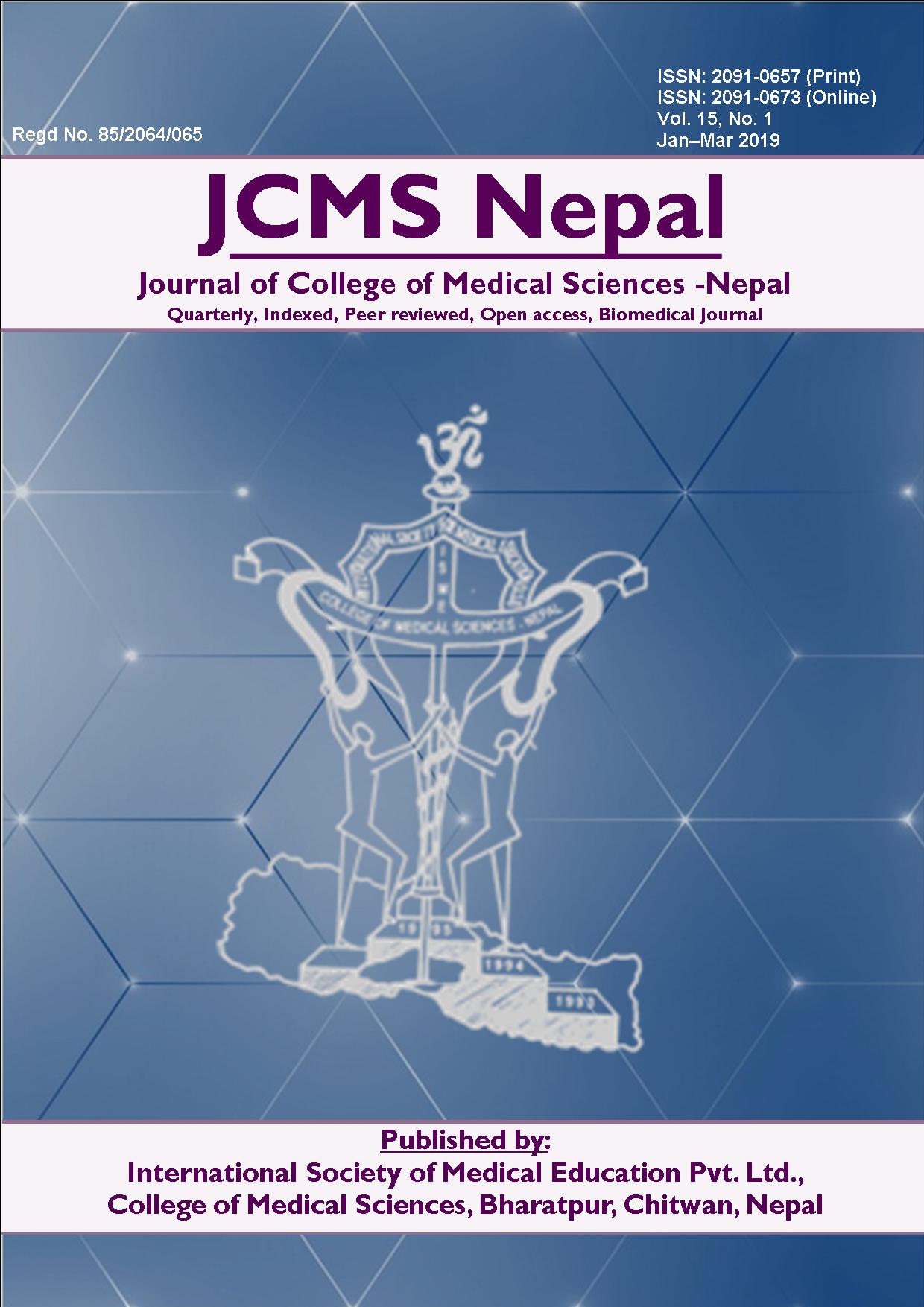Effect of Air Pollutants on Peak Expiratory Flow Rate of Public Bus Drivers in Bhaktapur, Nepal
DOI:
https://doi.org/10.3126/jcmsn.v15i1.20753Keywords:
air pollution, bus drivers, PEFRAbstract
Background: Rapid increase in number of vehicles in Kathmandu valley over past decade and never ending road expansion projects has aggravated air pollution. People involved in transportation jobs for long duration like bus drivers, conductors are more vulnerable to ill effects of air pollutants. The purpose of the present study was to assess lung function of public bus drivers exposed to outdoor air pollution by means of PEFR.
Methods: Fifty healthy, non smoking bus drivers were selected randomly from bus parks of Bhaktapur district. Anthropological records were taken. PEFR value was obtained by Mini Wright’s peak flow meter. Their mean PEFR was compared with 50, age matched control group involved in other office works.
Results: The PEFR value was significantly lower among bus drivers than the control group (p<0.001). Mean PEFR decreased with increasing age and increased duration of bus driving.
Conclusions: Our study concluded that PEFR value among bus drivers who are exposed to air pollutants for long period of time was significantly reduced.
Downloads
Downloads
Published
How to Cite
Issue
Section
License
This license enables reusers to copy and distribute the material in any medium or format in unadapted form only, for noncommercial purposes only, and only so long as attribution is given to the creator.




